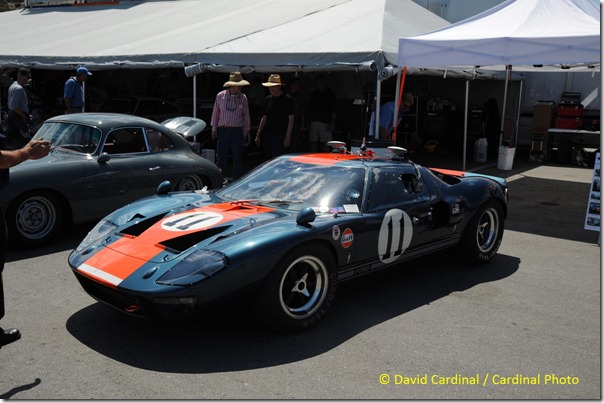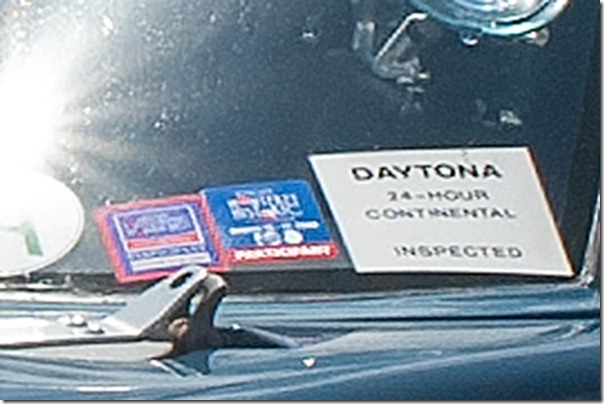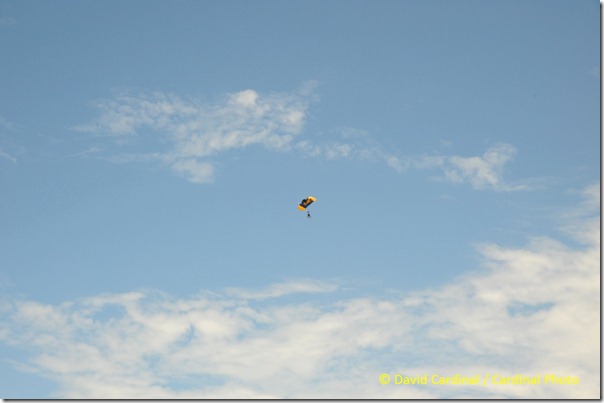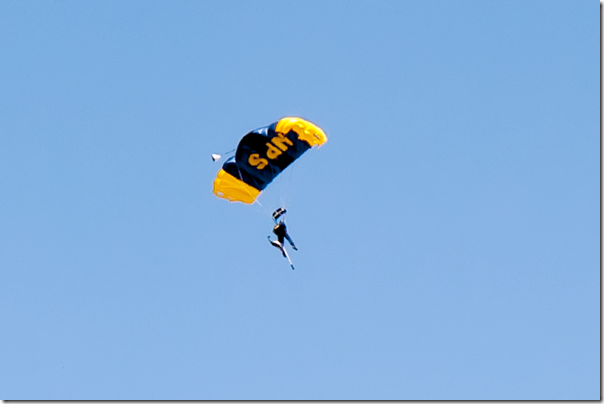- Photo Safaris
- Alaska Bears & Puffins World's best Alaskan Coastal Brown Bear photo experience. Small group size, idyllic location, deluxe lodging, and Puffins!
- Participant Guestbook & Testimonials Candid Feedback from our participants over the years from our photo safaris, tours and workshops. We don't think there is any better way to evaluate a possible trip or workshop than to find out what others thought.
- Custom Photo Tours, Safaris and Personal Instruction Over the years we've found that many of our clients & friends want to participate in one of our trips but the dates we've scheduled just don't work for them or they'd like a customized trip for their family or friends.
- Myanmar (Burma) Photo Tour Myanmar (Burma) Photo Tour December 2017 -- with Angkor Wat option
- Reviews Go hands-on
- Camera Reviews Hands-on with our favorite cameras
- Lens reviews Lenses tested
- Photo Accessories Reviews Reviews of useful Photo and Camera Accessories of interest to our readers
- Useful Tools & Gadgets Handy tools and gadgets we've found useful or essential in our work and want to share with you.
- What's In My Camera Bag The gear David Cardinal shoots with in the field and recommends, including bags and tools, and why
- Articles About photography
- Getting Started Some photography basics
- Travel photography lesson 1: Learning your camera Top skills you should learn before heading off on a trip
- Choosing a Colorspace Picking the right colorspace is essential for a proper workflow. We walk you through your options.
- Understanding Dynamic Range Understanding Dynamic Range
- Landscape Photography Tips from Yosemite Landscape Photography, It's All About Contrast
- Introduction to Shooting Raw Introduction to Raw Files and Raw Conversion by Dave Ryan
- Using Curves by Mike Russell Using Curves
- Copyright Registration Made Easy Copyright Registration Made Easy
- Guide to Image Resizing A Photographers' Guide to Image Resizing
- CCD Cleaning by Moose Peterson CCD Cleaning by Moose Peterson
- Profiling Your Printer Profiling Your Printer
- White Balance by Moose Peterson White Balance -- Are You RGB Savvy by Moose Peterson
- Photo Tips and Techniques Quick tips and pro tricks and techniques to rapidly improve your photography
- News Photo industry and related news and reviews from around the Internet, including from dpreview and CNET
- Getting Started Some photography basics
- Resources On the web
- My Camera Bag--What I Shoot With and Why The photo gear, travel equipment, clothing, bags and accessories that I shoot with and use and why.
- Datacolor Experts Blog Color gurus, including our own David Cardinal
- Amazon Affiliate Purchases made through this link help support our site and cost you absolutely nothing. Give it a try!
- Forums User to user
- Think Tank Photo Bags Intelligently designed photo bags that I love & rely on!
- Rent Lenses & Cameras Borrowlenses does a great job of providing timely services at a great price.
- Travel Insurance With the high cost of trips and possibility of medical issues abroad trip insurance is a must for peace of mind for overseas trips in particular.
- Moose Peterson's Site There isn't much that Moose doesn't know about nature and wildlife photography. You can't learn from anyone better.
- Journeys Unforgettable Africa Journeys Unforgettable -- Awesome African safari organizers. Let them know we sent you!
- Agoda International discounted hotel booking through Agoda
- Cardinal Photo Products on Zazzle A fun selection of great gift products made from a few of our favorite images.
- David Tobie's Gallery Innovative & creative art from the guy who knows more about color than nearly anyone else
- Galleries Our favorite images
Field test of the Tamron 24-70mm f/2.8 Lens: A pro lens at a prosumer price
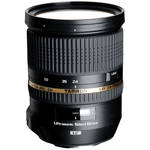 Unless you make a lot of money with your mid-range zoom lens, or are willing to spend what it takes to get the best, $1900 for the 2 pound Nikon 24-70mm f/2.8 lens is a hard price to justify. For that price, you get an ultra-sharp, ultra-fast, lens, but you don’t even get VR. I’ve enjoyed using Sigma’s version, the Sigma 24-70mm f/2.8 lens that I reviewed in 2010. It is much less expensive, but not as solidly built and also isn’t stabilized. Until now there hasn’t been a value-priced version of a 24-70 f/2.8 that could measure up to the Nikon. That’s why I was excited to work with the new Tamron 24-70mm f/2.8 Lens, which not only featured a fast focus motor but unique among mid-range pro zooms, also has image stabilization….
Unless you make a lot of money with your mid-range zoom lens, or are willing to spend what it takes to get the best, $1900 for the 2 pound Nikon 24-70mm f/2.8 lens is a hard price to justify. For that price, you get an ultra-sharp, ultra-fast, lens, but you don’t even get VR. I’ve enjoyed using Sigma’s version, the Sigma 24-70mm f/2.8 lens that I reviewed in 2010. It is much less expensive, but not as solidly built and also isn’t stabilized. Until now there hasn’t been a value-priced version of a 24-70 f/2.8 that could measure up to the Nikon. That’s why I was excited to work with the new Tamron 24-70mm f/2.8 Lens, which not only featured a fast focus motor but unique among mid-range pro zooms, also has image stabilization….
The Tamron 24-70mm f/2.8 Lens feels really solid and reassuring. Without dropping it to test, it’s hard to say if it is rugged as it looks – the Nikon version certainly is – but it seems like it would be. As a result it is only a couple ounces lighter and a tiny bit smaller than the Nikon – making it larger than the Sigma – but the heft feels great to hold and work with. The zoom ring also moves in the same direction as the Nikon, which is a nice plus for Nikon shooters. I used the Nikon mount version of the lens with a Nikon D4, a Nikon D7000 and a Nikon D700 to put it through its paces.
The lens focuses quite quickly, with performance similar to that of the Nikon version. It also features fulltime manual override (the equivalent of Nikon’s M/A mode), a nice touch in a third party lens.
Features and Operation
Using the Tamron 24-70mm zoom lens is pretty straightforward. Like most modern lenses it has a manual focus (MF) / autofocus (AF) switch, although fulltime manual focus override is available even when the lens is set to AF (essentially the equivalent of Nikon’s M/A mode). There is a lens lock to keep the lens at 24mm and avoid any chance of lens creep if held vertically. Frankly, I didn’t have any problem with lens creep, so I didn’t actually find that I needed to use the lock. The final switch on the lens turns on the excellent image stabilizer, called VC for vibration compensation. The Tamron takes 82mm filters, which might be a bit of an annoyance if you’re used to having 77mm filters for your other lenses. The zoom ring is comfortable and easy to reach, while manual-zoomers may find the focus ring a little close to the camera body to use easily. Overall, the lens is a no-nonsense model that is great to operate and doesn’t feel like it compromises on build quality or operating considerations.
Image Quality
Without question the Tamron has image quality worthy of a pro zoom. It provides sharp images throughout its range, although perhaps with a bit more softness at 24mm. Detail resolution is excellent. In this image of a GT40 race car (untouched except to resize for the web), I’ve exploded out the section with the inspection sticker, which is readable.
Now there aren’t many times when I need to read the stickers off a car windshield, since I don’t work for CSI, but having a sharp lens does provide some fun options. I was standing outside at the car races when a stunt skydiver started to descend. All I had was the 24-70 on my full-frame Nikon D700. Not exactly a great combo for capturing action at a distance. I zoomed in “all the way” to 70mm and took this image – with the diver looking like a pinpoint. However, I was able to crop the image down and scale up the center to actually produce an image of the diver and read the inside of his chute:
Vignetting Issue
The one knock on the Tamron 24-70 has been vignetting. At f/2.8 full-frame, it is indeed an issue, but once you get to f/4 or further, vignetting is essentially gone, as you can see from this full-frame image of classic race cars from the Monterey Historics (image is straight out of the camera except for resizing):
Vibration Compensation (VC, aka IS or VR)
Finally there is a pro spec (f/2.8, excellent IQ) general use zoom with image stabilization. Until now photographers have had to give up on stabilization to get an f/2.8 mid-range lens. Kudos to Tamron for breaking the mold with their Vibration Compensation (VC) equipped model. The VC works really well, and I was able to take sharp image down to 1/8s pretty easily. It only makes me wonder why Nikon, Canon and Sigma haven’t done the same thing. This one feature alone – along with a much more competitive price – is enough to seriously consider the Tamron as your everyday zoom lens if you need something that works with full-frame and want a true pro lens.
Which 24-70mm f/2.8 should you buy?
If you’re in the market for a no-compromise zoom, the good news is you have plenty of choices. For traditionalists with a large budget, you certainly will not go wrong with the Nikon 24-70mm f/2.8 AF-S Lens model or the Canon 24-70mm f/2.8L II USM Lens version. They’re both big, heavy and expensive though, so if you’re worried about any of that, you’ve got a couple other good options. The Tamron 24-70mm f/2.8 Lens we’ve reviewed here gives us very little in quality and gains excellent vibration reduction and a major cost savings. Finally, if you don’t want to break the piggybank, the Sigma 24-70mm f/2.8 Lens is the least expensive of the three, providing great value at a slight loss in build and image quality.
- Log in to post comments

